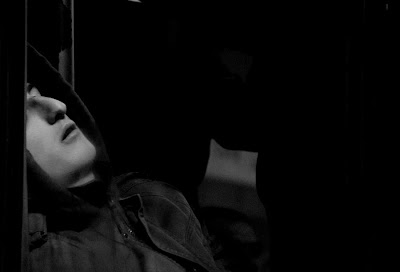Reyjavik, Iceland, August 2001
This is the only HDR photograph you'll ever see from me, but none of the earmarks that define that gaudy genre were done in the computer, but rather, through stacking an NDR filter and a mint-green filter (Cokin System A) over a circular polarizer.
As you can see, this is overdone, which is why I don't do it at all, except while experimenting.


































